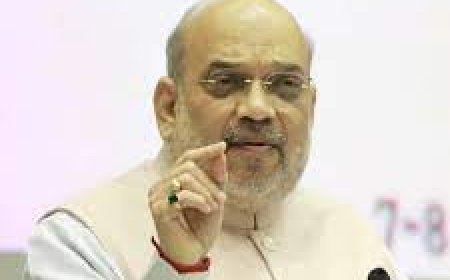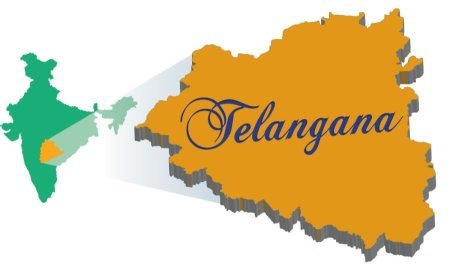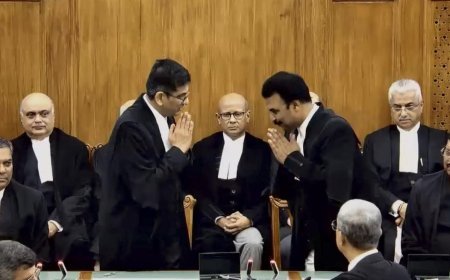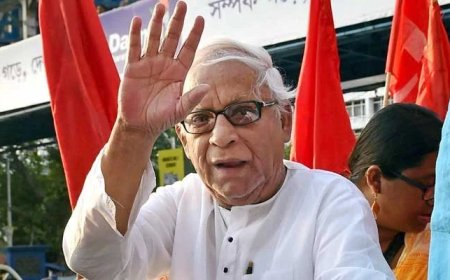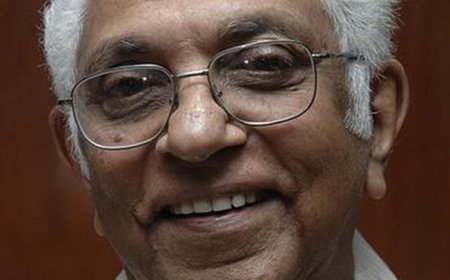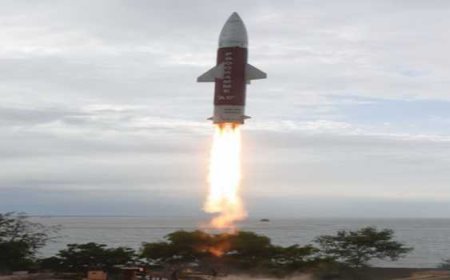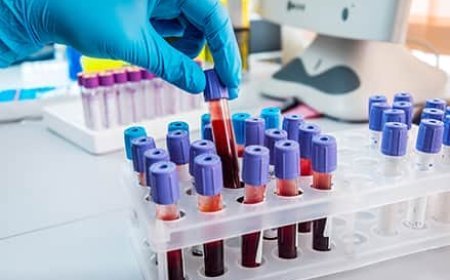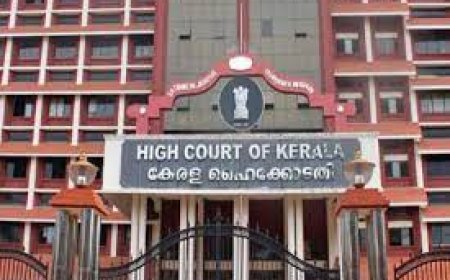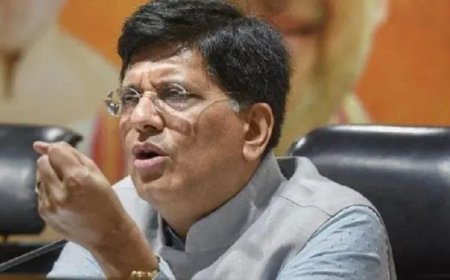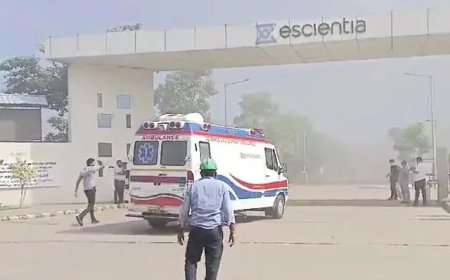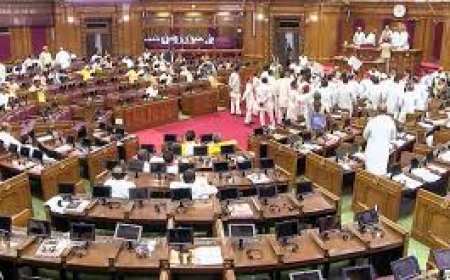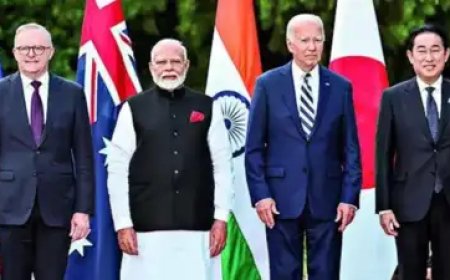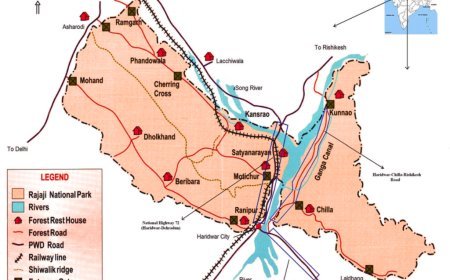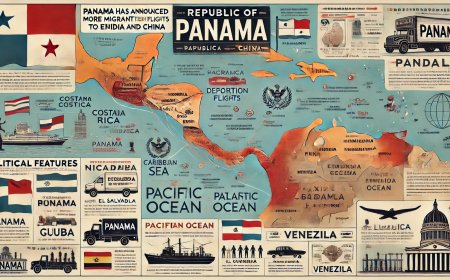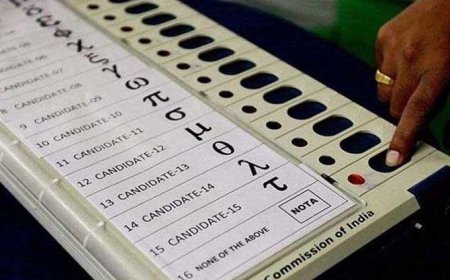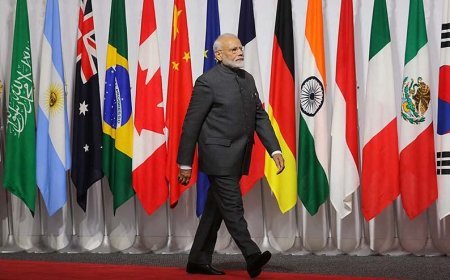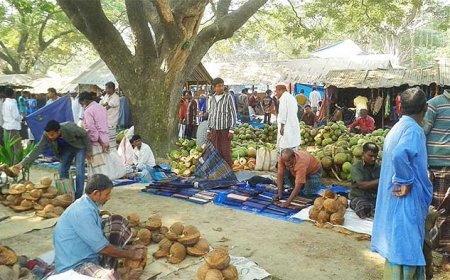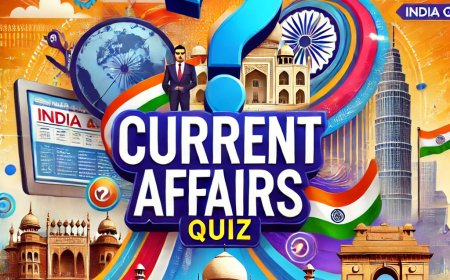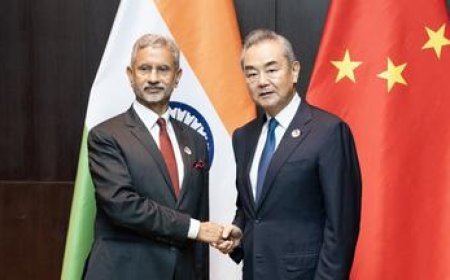Fight Against Drug Menace: India’s Regulatory Framework

Fight Against Drug Menace: India’s Regulatory Framework
Article 47 of the Indian Constitution
India's National Policy on Narcotic Drugs and Psychotropic Substances is rooted in the Directive Principles outlined in Article 47 of the Indian Constitution. This article mandates that the State must strive to prohibit the consumption of intoxicating drugs, except for medicinal purposes, due to their harmful effects on health.
International Conventions
India is committed to various international conventions, being a signatory to:
- The Single Convention on Narcotic Drugs, 1961 (amended by the 1972 Protocol)
- The Convention on Psychotropic Substances, 1971
- The United Nations Convention Against Illicit Traffic in Narcotic Drugs and Psychotropic Substances, 1988
Existing Laws
India’s legislative framework to combat drug menace is established through three central acts:
- The Drugs and Cosmetics Act, 1940
- The Narcotic Drugs and Psychotropic Substances Act, 1985
- The Prevention of Illicit Traffic in Narcotic Drugs and Psychotropic Substances Act, 1988
Involved Institutions
The Narcotics Control Bureau (NCB), established in 1986, serves as the central agency for tackling drug-related issues. The Ministry of Health and Family Welfare (MoHFW) and the Ministry of Social Justice and Empowerment (MSJE) are key players in policies aimed at reducing alcohol and drug demand and in running drug de-addiction programs. Additionally, a permanent inter-ministerial committee, comprising the Ministry of Health and Family Welfare and the Ministry of Chemicals, works to prevent the misuse of dual-use drugs.
Technological Interventions
To facilitate efficient information sharing between various agencies, the NCORD portal has been introduced. Furthermore, a toll-free helpline named MANAS (Madak Padarth Nishedh Asuchna Kendra), reachable at 1933, has been established.
Other Measures
The Indian government aims to achieve a drug-free nation by 2047 through a three-pronged strategy:
1. Strengthening the institutional structure
2. Ensuring coordination among all narcotics agencies
3. Conducting extensive public awareness campaigns
As part of this comprehensive strategy, several initiatives have been undertaken, including:
- Establishing dedicated Anti-Narcotics Task Forces (ANTF) in each state and Union Territory.
- Prioritizing drug disposal drives.
- Launching the NIDAAN Portal to track narco offenders.
- Forming canine squads for drug detection.
- Enhancing forensic capabilities.
- Setting up Special NDPS Courts and Fast Track Courts.
- Implementing the Nasha Mukt Bharat Abhiyan (NMBA) to raise awareness about drug abuse.
These multifaceted measures reflect India's robust approach to combating the drug menace through stringent laws, technological advancements, and public awareness initiatives.
What's Your Reaction?









